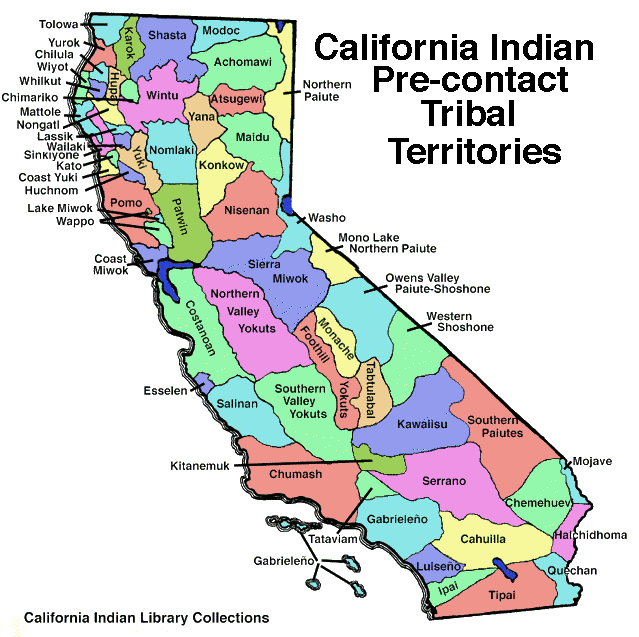
“There is, perhaps, no class of men on the face of the earth, … who lead a life of more continued exertion, peril and excitement, and who are more enamoured of their occupations, than the free trappers of the West. No toil, no danger, no privation can turn the trapper from his pursuit. His passionate excitement at times resembles a mania. In vain may the most vigilant and cruel savages beset his path ; in vain may rocks, and precipices, and wintry torrents oppose his progress; but let a single track of beaver meet his eye, and he forgets all dangers and defies all difficulties. At times he may be seen with his traps on his shoulder, buffeting his way across rapid streams, amidst floating blocks of ice: at other times, he is to be found with his traps swung on his back clambering the most rugged mountains, scaling or descending the most frightful precipices, searching, by routes inaccessible to the horse, and never before trodden by white man, for springs and lakes unknown to his comrades, and where he may meet withhis favorite game. Such is the mountaineer, the hardy trapper of the West.
Washington Irving: The Pathmakers
The great and dimly understood California Fur Rush lasted from around 1820 t0 1845. In that slim quarter of a decade the beavers of an entire region were nearly completely wiped out. Beaver pelts (called “plews”) were so plentiful they were used as currency and all other furs were measured against how many skins it would take to equal a beaver (“made beaver”). They were counted not by the tens, but by the bale, like hay; one bale of beaver skins being nearly 100 pelts. Horses laden with beaver plew were trucked back across the mountains to the trading posts, literally by the hudreds. These ‘brave’ men risked frost bite, starvation, abandonment, hostile natives and plague to bring back their quarry. Extremes of hunger lead their guides to turn against them, lead them to eat their dogs, and even their horses. No matter. No hardship was too much to endure in pursuit of the increasingly-elusive beaver. It was worth any cost.
These then, were the men that made California – were in a broader sense the men that made our nation. Should we be surprised that credit default swaps and toxic assets bankrupted our economy? America was essentially founded on greed, risk and selfish exploitation of irreplaceable resources. Just as we could never have succeeded without a thriving slave trade, America could never have become wealthy and independent with out destruction of the beaver. By 1911 there were 11 known colonies of beaver in the entire state of California. The trappers were a model of exploitation that has been woefully repeated with off shore drilling, sports fishing, logging and whaling. Reading their accounts is a horrific glimpse into souls hardened by greed and a nation forged more by opportunism than courage.
Just thought you should know.









































